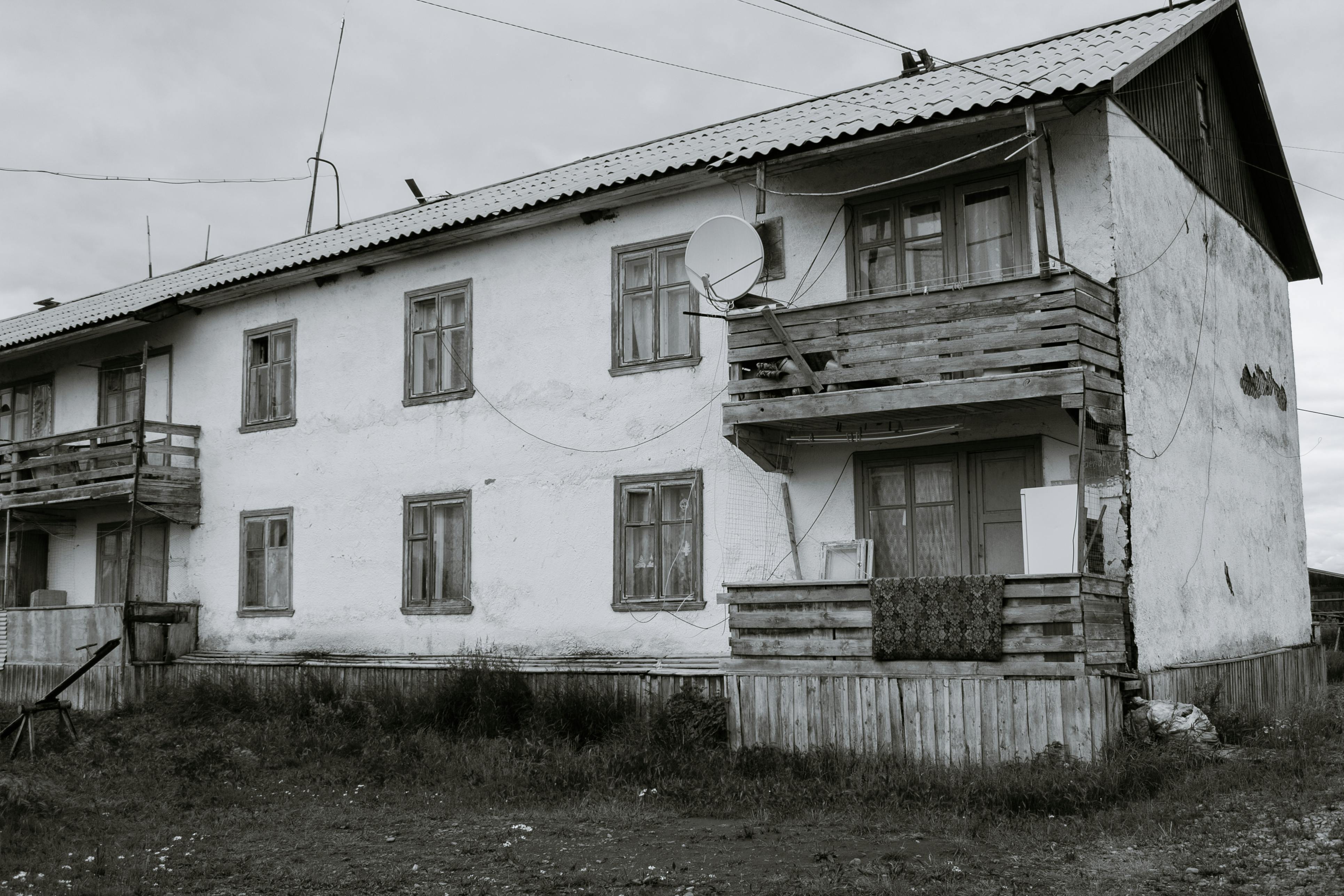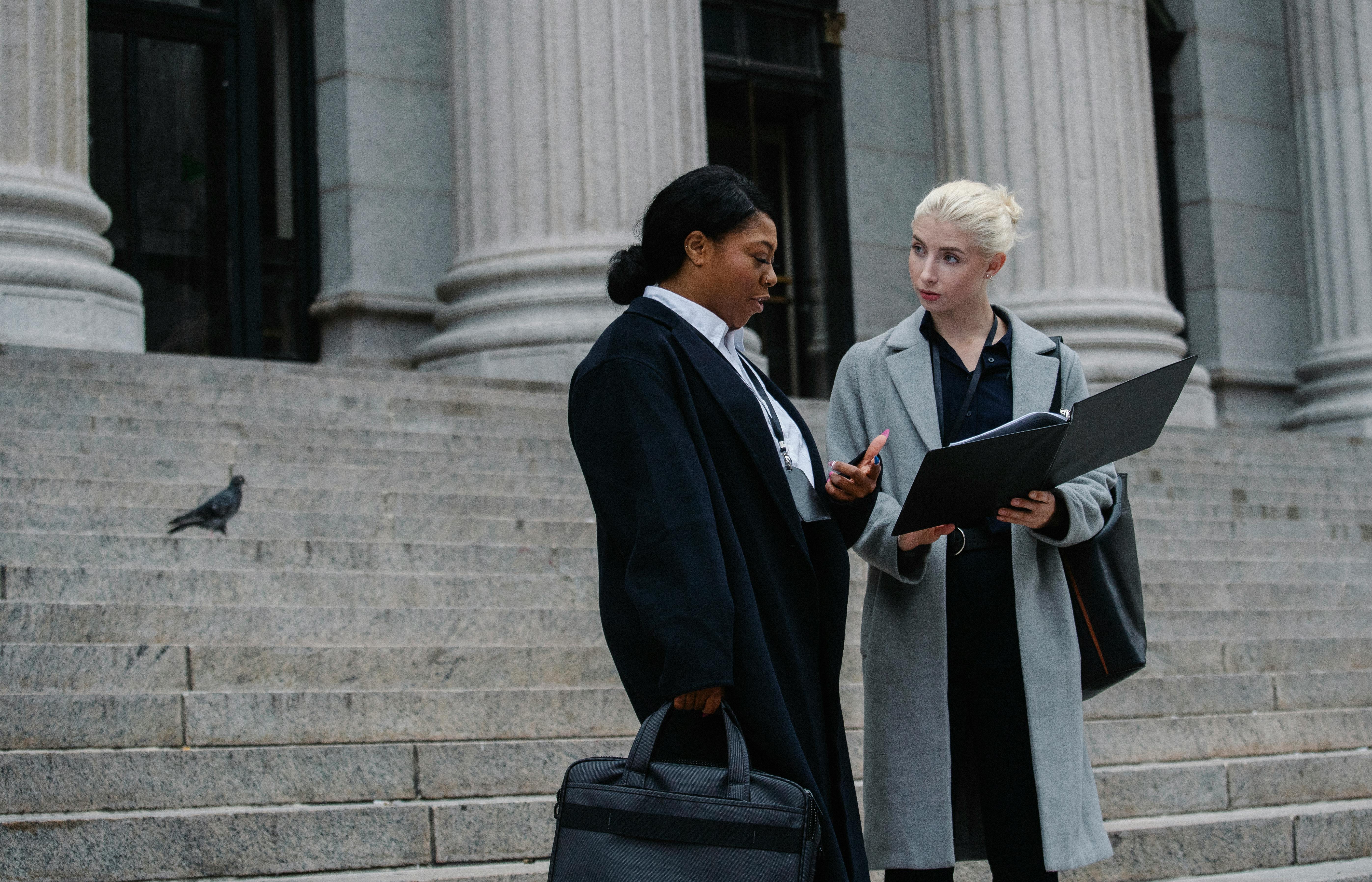Sclerotherapy involves the injection of a liquid (a sclerosant) directly into a diseased vessel to cause irreversible damage to the vessel, while avoiding damage to normal collateral vessels and surrounding tissues. After an injection, the damaged vessel stops working and gradually fades away. Although sclerotherapy has several applications, such as the treatment of small hemorrhoids and esophageal varices, the most widely used application of sclerotherapy is the treatment of spider and reticular veins. Reticular veins are superficial veins that have a cyanotic hue and are 2-4 mm in diameter. spider veins (telangiectasias); On the other hand, they are very fine, red, blue, or purple superficial veins that commonly appear as fine wavy lines on the thighs, calves, and ankles.
In principle, sclerotherapy can be an effective therapy for veins of any size; however, the larger the vein and the closer it is to the deep venous system, the greater the chance of treatment failure or early recurrences. Sclerotherapy of veins larger than 5 mm in diameter often requires special techniques and high potency sclerosants in large quantities and high concentrations, which increases the risk of spasm and many other undesirable side effects. The reason is that larger veins hold more blood, dilute the injected sclerosant and decrease its effectiveness.
Currently, the only widespread application of sclerotherapy in the United States and other developed countries is for the treatment of spider and reticular veins. Although these small veins can be surgically removed, sclerotherapy presents a fast, effective, and cosmetically acceptable alternative that is particularly attractive for patients with extensive networks of small abnormal veins. Spider veins respond quickly to this treatment and results can be seen in three to six weeks. Larger veins take longer to respond. Contraindications to sclerotherapy are rare and include pregnancy and allergy to sclerosing agents. The side effects of sclerotherapy are tolerable and temporary. Patients may experience itching, tenderness, skin bruising, and redness in the injected area. Sclerotherapy not only offers the potential for remarkably good cosmetic results, it has also been reported to produce an 85% reduction in symptoms of pain, burning, and fatigue associated with these veins. It is worth mentioning that the size of the vein alone does not predict the presence of symptoms. The veins that cause symptoms can be as small as 1mm in diameter, and larger bulging varicose veins may not cause any symptoms.
Some patients respond very well to sclerotherapy injections and can be treated with weak sclerosants in just 1 or 2 sessions, while others are very resistant and may require multiple sessions, stronger sclerosants, and/or a combination of treatment techniques, including laser vein treatment. When a patient has had a poor response to the initial series of treatments and the veins reappear, or new veins begin to appear shortly after treatment, the original diagnosis should always be questioned. Failed treatment often means that an occult source of reflux was missed or that the underlying cause for the appearance of the small veins was not identified by duplex ultrasound. Reflux vein disease refers to an abnormal communication with the deep vein system that allows reverse flow from the deep vein system to the superficial veins. Only when diagnostic tests fail to identify a large vessel as the source of reflux, are superficial dilated veins attributed to localized valve failure. It should be noted that even the smallest veins have valves. It is only in the latter case that the treatment plan begins with sclerotherapy.
A renowned Los Angeles vein specialist says he owes his extremely high sclerotherapy success rate to his treatment plan that begins with identifying underlying sources of reflux, such as the saphenous vein, incompetent perforating veins (veins that allow communication between the superficial venous system and the deep venous system of the legs), or reticular vessels. According to the same vein specialist in Los Angeles, the treatment of reticular veins or spider veins must be directed at the entire system, because if the point source of reflux is not eliminated first, the superficial network will quickly reappear, because the larger veins large serve as a “feeder”. veins for the smaller veins. You can read more about sclerotherapy and spider vein treatment by visiting the website of the renowned Los Angeles vein specialist.



